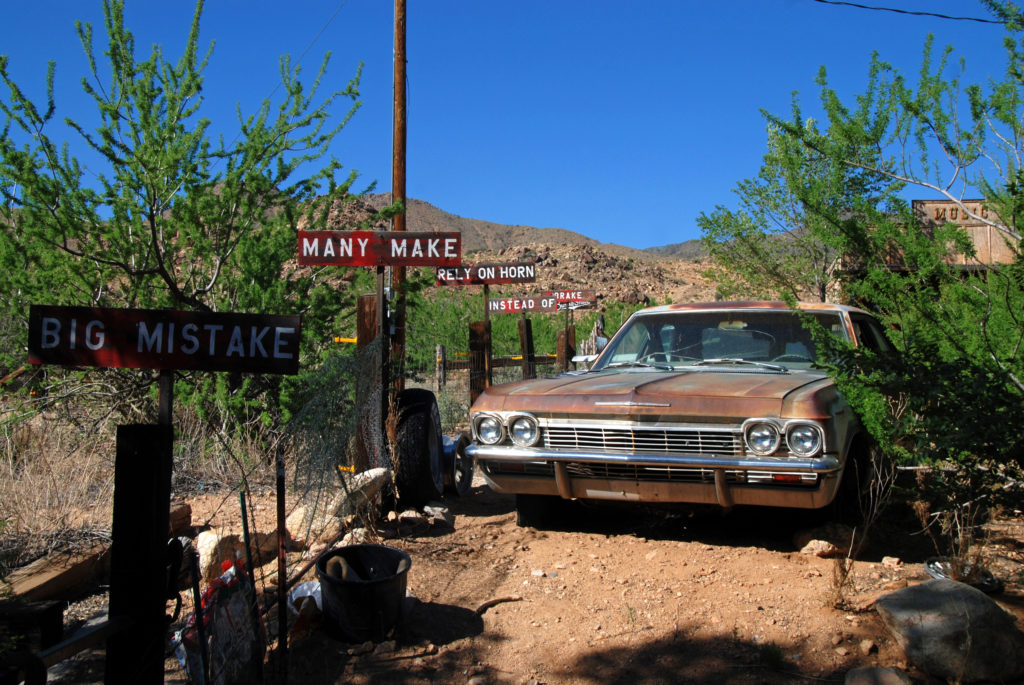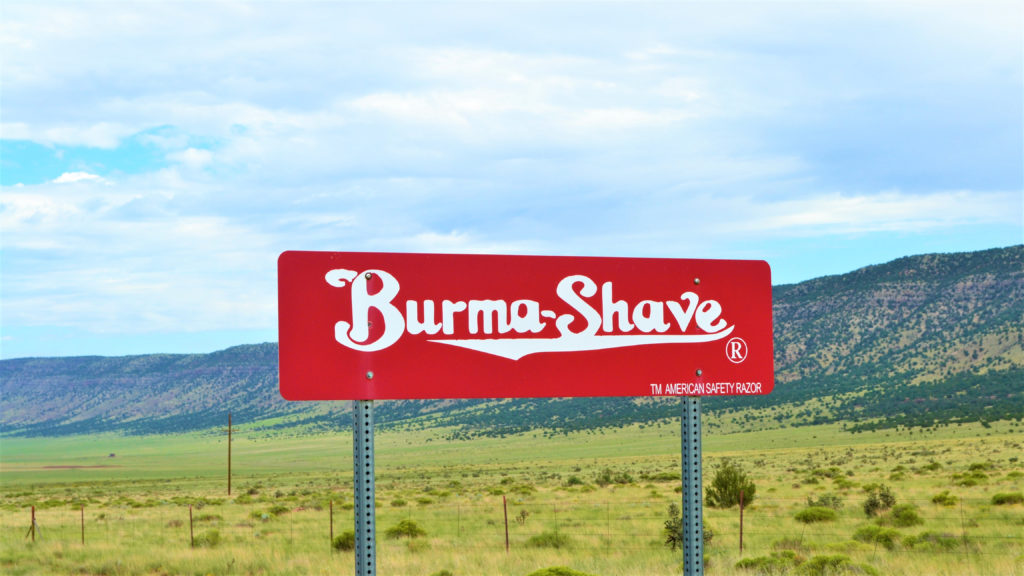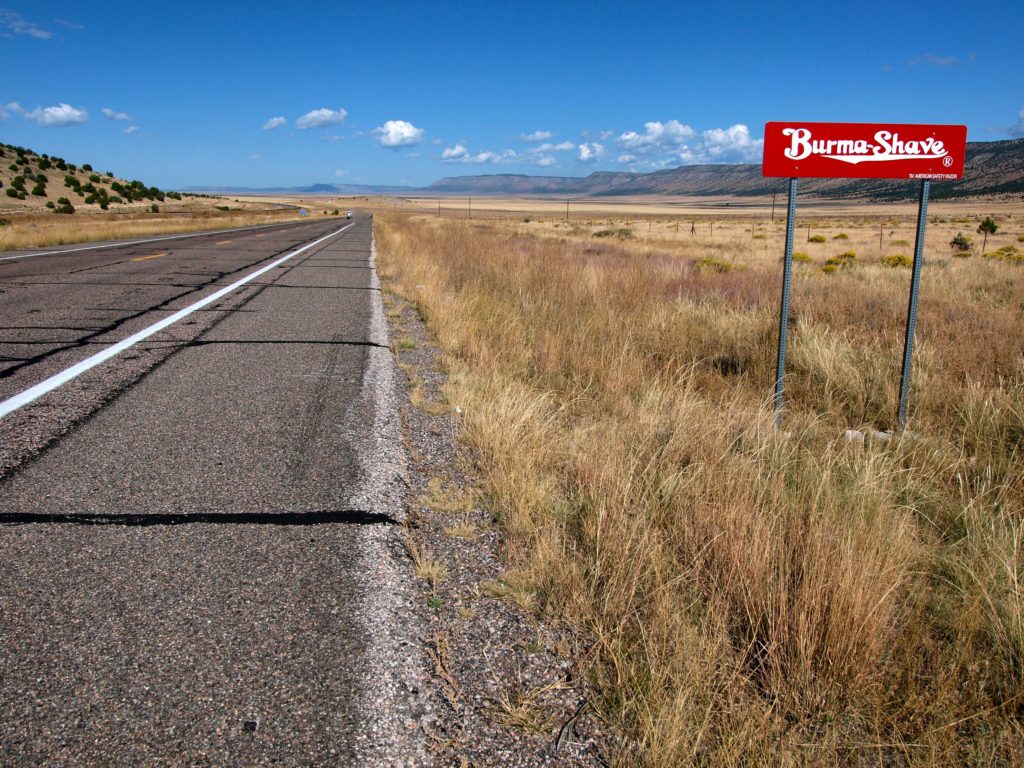What Can We Learn From The Burma Shave Signs And Use With Online Marketing?
Given that online marketing is something that developed only relatively recently, it seems strange to look back to the Burma Shave brand for inspiration. After all, its hey-day was between the 1920s and the early 1960s. What could such a vintage outfit teach us about marketing today?
If you are looking for affordable SEO services or more helpful information please reach out to us.

Well, as it turns out, quite a lot. Burma Shave was a massive hit with consumers throughout the middle of the twentieth century, gaining millions of loyal customers. Today, older folk still remember the company’s products with a certain fondness, even though they stopped selling more than fifty years ago.
What made the brand’s shaving foam so incredibly popular was the way the company advertised. It came up with the clever idea of posting rhymes along the nation’s roadways to grab driver’s attention. They always followed the same format: five lines of introduction, and then a sixth line containing the name of the brand, “Burma-Shave.”
Burma-Shave sold the second brushless shaving foam to hit the market. (Up until that point, men and barbers would apply it as a thick paste with a special brush). But it was also the first company to make a success of the product, encouraging men to switch in droves.

Creating Burma-Shave wasn’t an easy process, though. A British company had already released an attempt at brushless shaving foam to the market several years earlier, but with mixed results. It didn’t have the tactile properties that consumers wanted, so it didn’t achieve much success.
Following a recommendation of a local Minneapolis drug company, the people behind Burma-Shave – the Odells – began investigating whether they could make a better version. They hired a chemist called Carl Noren and commissioned him to come up with a formulation that they could sell to customers via stores. After more than forty attempts, he finally developed one that worked, making the company profitable.
Burma-Shave Marketing
While the product itself was innovative, the marketing for it was even more ingenious. Allan Odell – son of Clinton Odell and one of the founders – began work on a series of sequential sign boards that he would put up along major routes around the country. The idea came from a tactic already used by gas and service stations. These businesses would put up a series of signs giving customers “bite-size” chunks of information they could more easily digest. A series of signs might say something like “Big Al’s Diner.” “Two miles.” “Take the next right.”
Allan saw that he could use this same formula for a unique form of marketing. He reasoned that he could hold drivers’ attention much longer if he separated his billboards into short one-sentence snippets placed a few hundred yards apart forming a complete poem. This way, he could create a sense of compulsion in the person viewing the advertising to see what came next.

The rest of the company weren’t too thrilled with the idea, but they stumped up the money to give it a try. Once they found that it was working, they massively increased their advertising budget, spending more than $25,000 on signage in the first year (which was a lot of money back then). Over time, their sales grew.
Burma-Shave appeared in all 48 lower states over the following decades. What started as a marketing gimmick grew into something endearing that drivers came to love. What was great was that each poem was unique. And drivers who hadn’t seen the advertising before could experience new content.
The Odells penned the first set of poems. But then they expanded the opportunity to write slogans to their customers, driving even more interest, offering a $100 for any they selected. More than 50,000 people entered, hoping to see their signs by the roadside. Some of the submissions were downright funny. For example, “Within this vale of toil and sin, your head grows bald, but not your chin. Burma-Shave.”
What Can We Learn From Burma-Shave Signs?
At the height of the craze, there were more than 7,000 Burma-Shave signs all over America. But what can today’s digital marketers learn from this success today?
Do Something Unique
While rest services and gas stations had been using multiple signs to provide drivers with bite-size information for some time, Burma-Shave did something unique. It used a traditional signage format to convey a new message – this time just a poem that people could enjoy. During an era of increasing car ownership, the company managed to coincide its advertising with a growing consumer trend. Today, when many older people look back at their first experiences of driving a car, they immediately think about Burma-Shave.
Make It Funny
Humor is a great way to get through to customers. And, like the best marketers today, Burma-Shave recognized this fact. Its funny poems often had punch lines and comical content, designed to lighten the mood.
Include Your Audience
Burma-Shave also did something that marketers recognise as important today: they included their audience in their advertising. The idea of signing people up to submit their poems was clever because it allowed Burma-Shave to select ideas from a much bigger talent pool. The collective imagination of their customers was often better than anything they could come up with in-house.
Make It Compelling
Perhaps Burma-Shave’s greatest success, though, was coming up with something utterly compelling. Once drivers read the first sign, they couldn’t help but want to read what came next, and then what came after that. Drip-feeding them with tid-bits of information appeared much more potent at gaining their attention than simply giving them everything up front.
Today’s modern marketers struggling to gain traction with banner ads could learn a thing or two from this approach. Burma-Shave’s ads proved that it was critical not to overwhelm consumers, but compel them to find out more.
The Bottom Line
Ultimately, Burma-Shave signs was a marketing idea that was ahead of its time. If Burma-Shave was still in operation today, it would probably have a lot to teach our current crop of digital marketing professionals.
Leave a Reply
You must be logged in to post a comment.